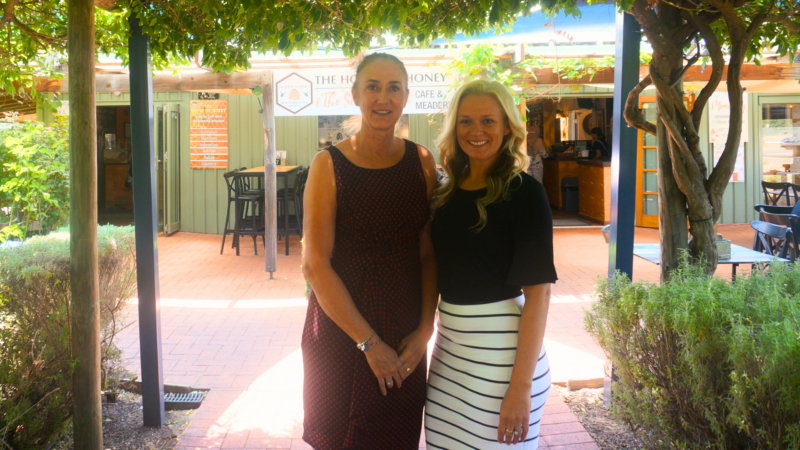I’d love to see that photo (if you describe it first!)
If you are wondering what an image description is, you’re probably not alone.
Image descriptions are detailed explanations of an image, graphic or video that provides textual access to visual content. In other words, they explain what is happening in an image to those who aren’t able to see it. They can be a short description in the body of text to accompany an image or placed as an accompanying comment on social media.
Image descriptions are great for people who are blind, people like me.
Hi, I’m Grace.
I’m a typical young woman. I love martial arts, music and have more headbands than your average accessories shop. I love reading, hate cheesecake and when I was younger, I wanted to study reptiles and amphibians. I am also a person who is blind.
When I lost my vision at 18, there were a number of things that completely changed for me literally overnight. I had to ask people to tell me what direction something was given I could not see them pointing at something anymore and we rearranged most of the furniture at home to prevent me from crashing into things and seriously injuring myself because I could not see the edges on tables or doors. I also had to re-think continuing my biology degree at university as most of the work was visual and my chances of completing my studies and then getting a job in that field had almost vanished. Trying to remove a centipede from an animal trap when you cannot see it is not fun (I have the bite scars to prove it).
Since losing my vision, I’ve lost track of the number of times I had to ask someone to describe something for me: What a character on a TV show looked like, what colour a top was when I was out shopping and how far it was until we reached the door to leave a café. Even if I was wearing matching socks.
That’s why image descriptions are really important to me.
As a collective, we take photos and videos so frequently – an animal we saw on a weekend walk, a dress we just bought to wear to a friend’s upcoming birthday or that perfect instagramable brunch we just demolished. We post them on social media, send them in apps and pass our phones around the lunch table with comments of “I saw this and thought of you”, “Here is a photo from my holidays up in Broome” and my personal favourite “It looks like this”.
These conversations used to upset me a great deal and for some time most of the people around me stopped showing me photos, videos and images altogether under the idea that it was “pointless” to show me something I could not see.
When you post or show a photo to a person who is blind, taking the time to give a short description shows that you value us, and that you want to include us in the conversation.
So, how do you write a good image description?
The easiest way is to look at what is featured in the photo and then describe as many elements as possible. You can be as descriptive as you like but the point is to give context so the person can place the image or try to visualise it in their mind.
Describe the features you’d want someone to know. Where the photo was taken, how many people are in it, what facial expressions they have, what colour clothing they are wearing and even some of the funny elements that make the photo interesting.
An inclusive image description

Image description: This image is of Grace and Adam happily walking off stage after an event. Grace is wearing a black dress, gold necklaces, red glasses and her signature headband with her hair worn down. She is also carrying her cane. Adam is offering his arm to Grace, and is wearing a navy blue suit jacket, beige pants, and glasses with his hair tied back.
My top tips for writing a good image description
A well-written and inclusive image description should answer these key questions:
- What object is the main focus?
- What’s the action – describe what’s happening, or what the object is doing.
- What is the context or surrounding environment?
I cannot tell you the number of times I have scrolled through Facebook in any given week to find people have posted a photo with no image description.
I use assistive technology to drive my computer, where the technology converts written text into sound (similar to narration). So, if there are no image descriptions, I end up just hearing “blank, blank, blank” every time I scroll. I keep going past the image until I reach the comments, hoping that they have a short image description in the comment box for me to read. Most of them don’t.
I would love to say that image descriptions are now a regular part of life for me as a person with a disability and that everyone I come across stops to describe images to me without getting annoyed about being asked to take a minute out of their day to do such a small thing that helps me understand the world around me. The truth is that most people don’t realise that not taking the time to describe something to me, makes me feel excluded, that I am a nuisance and there is something “wrong” with me.
Last time I checked, having a disability does not mean you are broken, damaged or there is “something wrong with you”. It simply means you do things in a different way than someone else. It is not a bad thing either – you should see me giving directions from memory because I don’t need a GPS!













